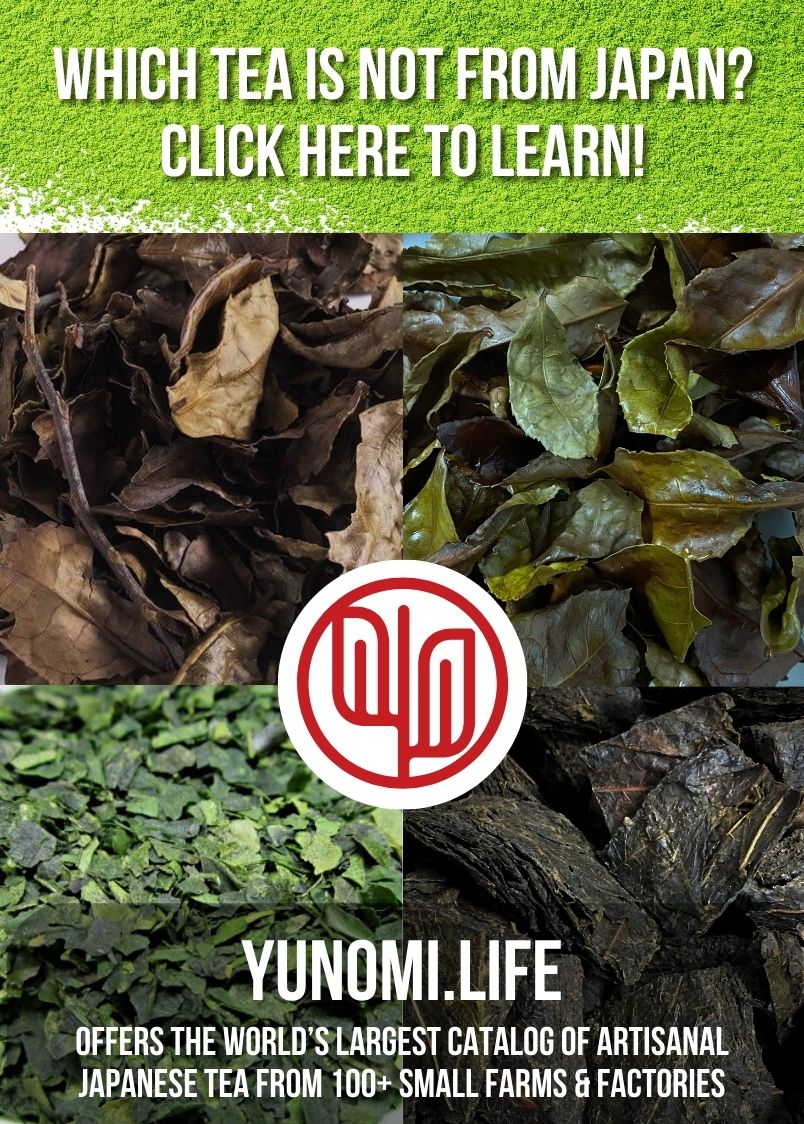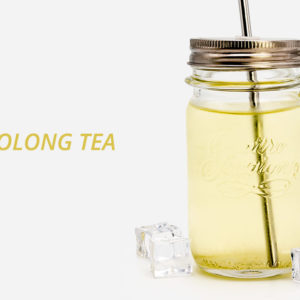Red Plum Classic: Tea of Heavenly Kingdom Revolt


A fine Jiuqu Hongmei such as this one maintains a bouncy mass, indicating good storage and freshness. The leaves are crisply brittle. The leaf ends are still light colour suggesting that the final baking has been restrained, otherwise the tea’s floral and sweet-sour characters be over-powered. It can mean under-fired though, so tasting is important. An under-fired one would taste grassy. As for proving the overall quality of the production work, tasting is still paramount.
Jiuqu Hongmei ( jiǔ•qǔ hóng•méi ) 九曲紅梅, aka Red Plum Classic, Nine Bend Red Plum, Longjing Black Tea, Longjing Hongcha
origin: Hangzhou
This is an unusual black tea made from the leaves of Longjing cultivars in areas around Hangzhou.
The dry leaves of a fine Jiuqu Hongmei are tightly twisted into thin, brittle curls, matte black, with a hint of the distinctive citric smell of the plum. The liquor carries forth that aroma with the added depth of a black tea. This same fruit acidity is also in the lively and yet light taste, marking it a totally different character than the floral Fujian blacks or the malty and stronger Assam or Yunnan. The acidity and sweetness are balanced with a unique but slight astringency that is more like an oolong than a black.
origin
People in Zhejiang province have been very proud of their green tea tradition. Back in the early 19th century, when tea was still very much a matter of taste and social class, they would have despised the production in their poetic countryside any black tea, a product invented with the purpose of exporting to satisfy the market needs of “fangui” (barbaric devils, replaced currently by the term “laowei” — foreigners).
Things changed quite dramatically when China’s supercilious confidence was defeated together with her clumsily large and much corrupted military by Britain in the Opium War (1) in 1839. Soon after that, 20 years of civil unrest (more subsequently) hijacked the country, the most renown of which was an armed revolution by the name of the Peaceful Kingdom of Heaven ( Taiping Tianguo 太平天國 ). The one million quasi Christian armed force swept through China, taking control of one-third of the territories south of the Yangtze. Rumor had it that some tea producers from the province of Fujian, in particular from the Wuyi area, took refuge in the new kingdom and in its new ideology, to have moved to a rural area 200 km south of Hangzhou, the then “Heavenly Capital”.
Naturally they took with them their tea skills. They could make oolongs and black teas, but the cultivars in the newly settled home did not yield leaves tough enough for the oolong process. They made black tea for domestic use instead, and named it after the place that they came from: the famous Jiu Qu River ( i.e. the River with Nine Bends ) in Wuyi. This new tea was soon given a poetic name by locals (well, they were in Hangzhou, the cultural hub of Old China): Jiuqu Hongmei (Red (2) Plum from the Nine Bends).

Infused leaves of Jiuqu Hongmei (enlarged to show details) tells a lot about its making: not only are the leaves very carefully handled but also the fermentation more akin to that of a rather deeply fermented oolong than a black tea. This is one reason for the tea’s special taste character. Notice the patches of greenish areas and the reddened edges.
However, since Zhejiang was not a tea export production base, and green tea was the drink of choice in the area (and still is), the tea had not made much name until 1915 in the San Francisco Panama-Pacific International Exposition, when it was awarded some sort of first prize. Consequently, some frenzy went about in the elitist circles until the Sino-Japanese War (3).
Somehow the tea had stayed pretty much unnoticed by the mass until its name appeared in 1995 in a popular epic novel, “Nan Fang You Jia Mu” (4) (“A Magnificent Tree of the South”, after the first sentence in the “Tea Classic” by Lu Yu). Even after that, there was not much production still and it was not easy to find acceptable quality. I did some promotion here from Hong Kong some years ago and would like to think that the effort had also been reciprocated elsewhere. Very gradually a few more producers have been making this tea now, although the quality varies quite drastically from one another.
Naturally the tea is made from plucks from the locally popular Longjing cultivars, very different plants from the cultivars of the assamica or assamica crossed varieties that are used for stronger black teas. The plucks have to be 2nd flush, around mid to late April in order to yield the balance of taste and aroma.
tasting notes
This is certainly not your tea with cream or milk, but it can be prepared in a variety of ways. However, since it may totally knock out your perception of black tea, it is wise to taste the tea first before a purchase commitment.
Infuse at 90°C or lower. 5 g of leaves to 150 ml in 2 minutes makes a very different impression than 3 g in 5 min. People in the origin even steep it in an open glass. Play with it.
buying tips
Since Longjing is a premium tea, the black tea that is made from the same bushes are not going to be the price of your average can of Orange Pekoe. Some producers see that tiny market segment and are producing this tea without the needed experience and skills. What looks alike may not taste alike. Caution is needed when you buy.
Earlier flushes are often a bit too lightly fermented than those later in April. The former ones are a lot pricier too. I’d choose those later ones.
footnotes
1. Opium, which was a cash crop of the British Empire, was openly smuggled from British India into China in defiance of Chinese prohibition laws. This was done as a way to balance the trade deficit with China on tea, porcelain and silk, but chiefly on tea. Personal agendas, communication problems as well as the Absolutism prevalent in the Chinese imperial court and the society at that time had not been facilitative of a peaceful settlement. War broke out in 1839 with critical consequences to the Chinese people for the subsequent century, or perhaps more.
2. Black tea was named Red tea when it was invented. It has always been called Red tea in the Far East. See more about the origin in the tea nature section.
3. In 1938, as China was busy with a tumbling economy, civil wars and social unrests, Japan invaded through its previously occupied Chinese territories in the northeastern corner into Beijing. Much atrocity followed till 1945.
4. A hugely successful novel by Wang Xufeng. I am unaware of an English translation of this book at the time of this writing.










